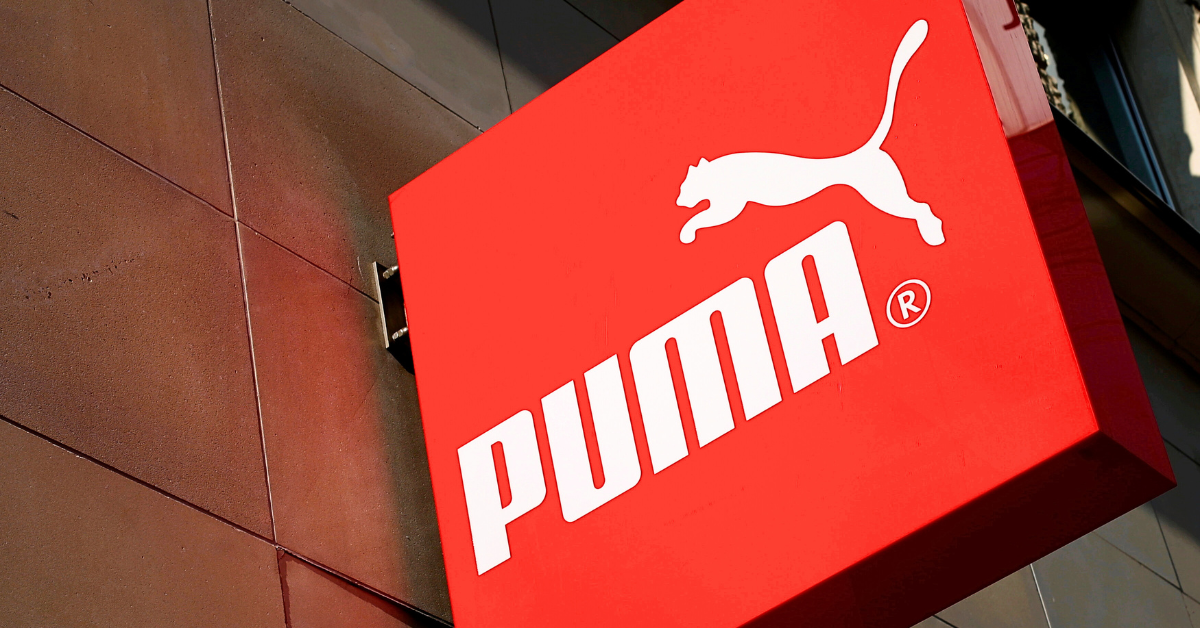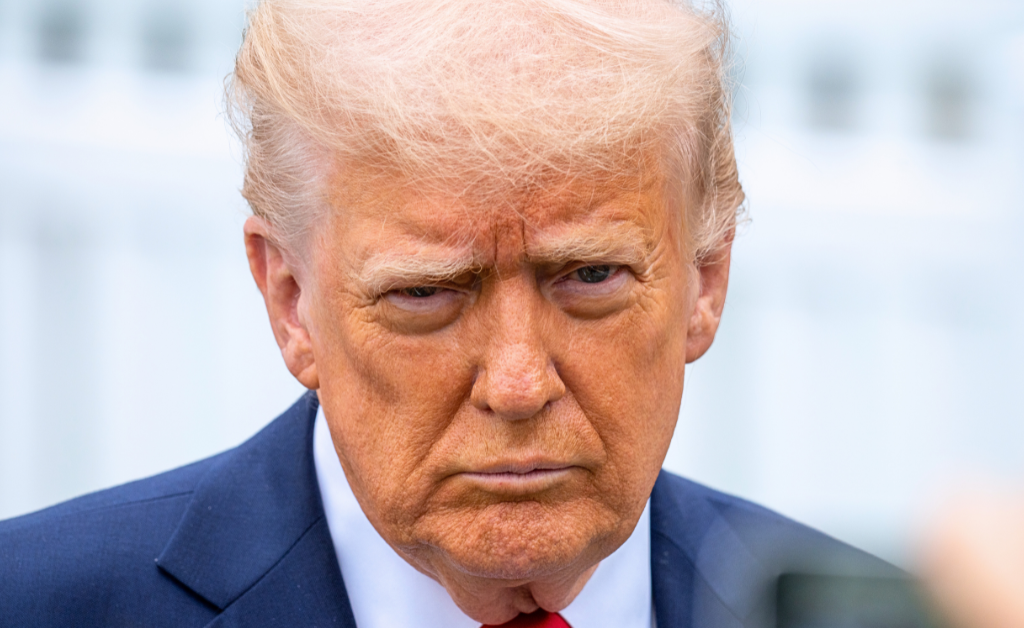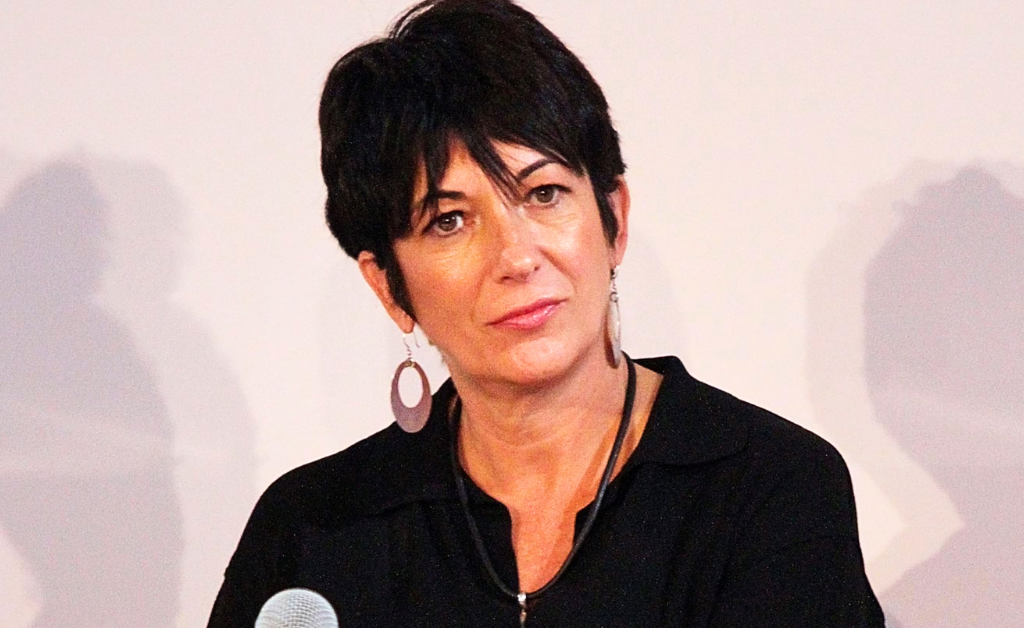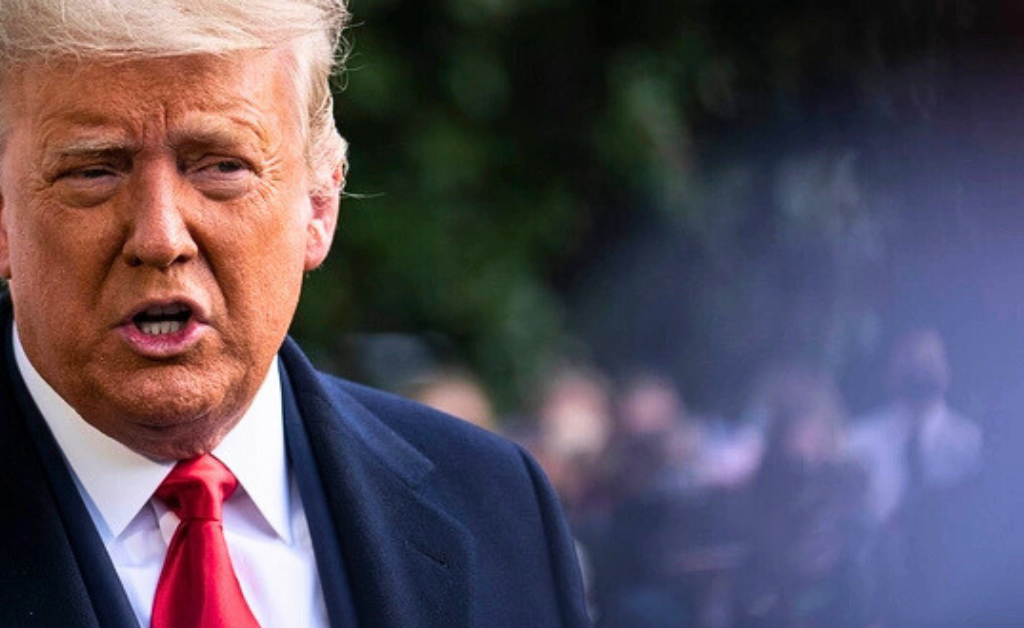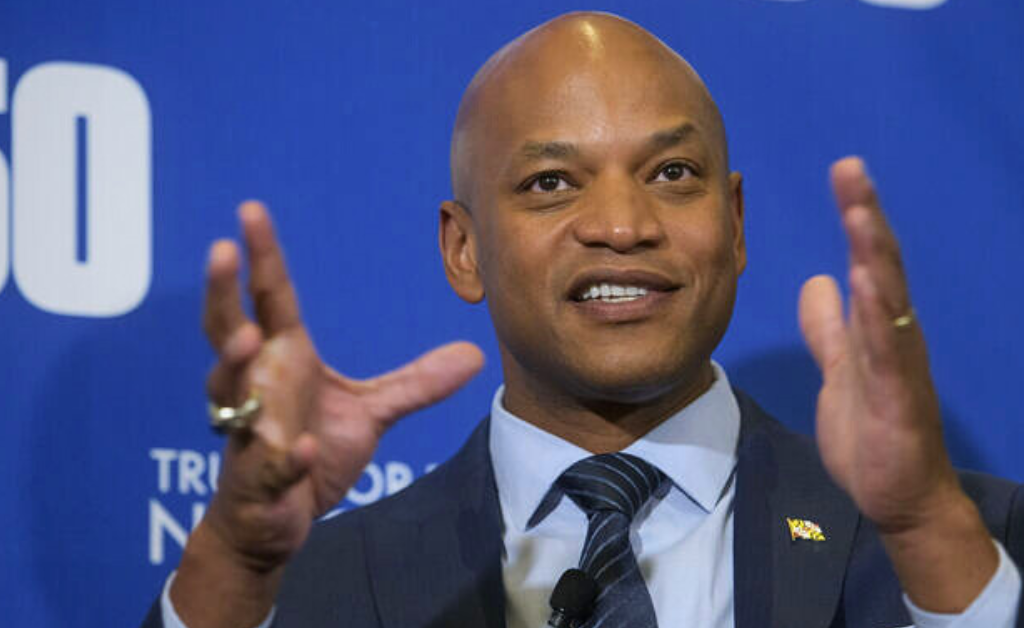- Puma to cut about 900 more corporate jobs, totaling ~1,400 layoffs (≈13% of corporate staff) as part of a sweeping cost-focused reset.
- Sales plunged, inventory surged, and Puma plans fewer styles, fewer discounts, and a push to full-price direct sales to rebuild profitability by 2027.
HERZOGENAURACH, Germany — When Arthur Hoeld took the helm at Puma in July, he inherited a brand that had been sliding for months.
Three months later, the numbers tell a brutal story: third-quarter sales cratered 15.3% to €1.96 billion, currency-adjusted declines hit 10.4%, and the company flipped from a €127.8 million profit a year ago to a €62.3 million net loss.
On Thursday, Hoeld laid out the fix — and it starts with the axe. Puma will cut another 900 corporate jobs by the end of 2026, on top of the 500 white-collar roles already trimmed this year under the “nextlevel” program.
The FrankNez Media Daily Briefing newsletter provides all the news you need to start your day. Sign up here.
That brings the total to roughly 1,400 positions, or about 13% of its 7,000-person corporate workforce.
Headquarters in Herzogenaurach will feel the pain, though exact location splits haven’t been disclosed yet. “We have identified the areas in which we need to take decisive action,” Hoeld said in the earnings release.
“With these strategic priorities, we have the clear ambition to establish Puma as a Top 3 sports brand globally, returning to above industry growth and generating healthy profits in the medium term.”
Puma Layoffs Follow Big Changes to Company
The reset is sweeping. Puma plans to shrink its product range, launch fewer styles each season, pull back from deep-discount U.S. wholesalers, and pour money into full-price direct sales through its own stores and website.
Inventory jumped 17.3% to €2.12 billion as the company swallowed unsold stock from retailers — a move that hammered margins but, executives insist, clears the decks.
Regionally, the Americas got hammered hardest: sales down 15.2% currency-neutral to €678.1 million, driven by North America’s promotional glut and tariff fears ahead of the holiday rush.
Asia-Pacific fell 9%, EMEA 7.1%. Even hero products stumbled — the Speedcat low-profile sneaker, meant to ride the retro wave, “remained below expectations in Europe and North America,” the company admitted.
For the full year, Puma stuck to its July warning: low-double-digit currency-adjusted sales drop, a reported EBIT loss, and capex around €250 million. 2025 is officially the “reset” year; 2026 is “transition.” Growth, Hoeld promised, restarts in 2027.
Consumer Demand Drops Amid Economic Challenges
Wall Street didn’t love it. Shares dipped another 2.5% in Frankfurt trading, capping a 50% slide since January.
GlobalData analyst Louise Deglise-Favre called it “a loss of momentum in the brand’s desirability,” especially painful next to Adidas’s record quarter fueled by Samba and Gazelle hype.
This isn’t Puma’s first rodeo with the knife. Back in March, then-CEO Arne Freundt — who exited in April over “differing views on strategy execution” — green-lit the initial 500 cuts and store closures after U.S. and China demand tanked.
150 of those hit HQ. Freundt had warned of “ongoing geopolitical tensions and economic challenges,” including trade disputes that still loom large.
Hoeld, the ex-Adidas sales chief who spent 26 years in Herzogenaurach’s crosstown rival, isn’t sugar-coating. “The cat may have lost some of its agility,” one European retail observer quipped, “but it will learn to hunt again.”
Whether consumers buy the comeback story — or just wait for the next clearance rack — will decide if Puma claws its way back into the top tier.
Also Read: Experts Now Issue a Stark Recession Warning Amid Ongoing Shutdown


